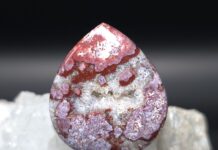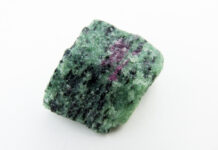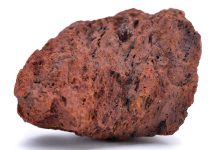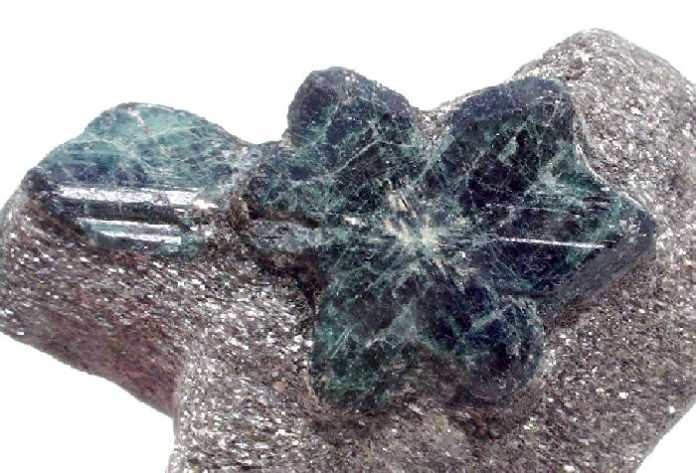
Alexandrite is a variety of the mineral chrysoberyl, chemically known as beryllium aluminum oxide (BeAl₂O₄). This chameleon gemstone exhibits a dramatic color-changing property, appearing green in daylight or fluorescent light and red under the incandescent light of a lamp or candle. This is known as the “alexandrite effect,” and is caused by trace amounts of chromium within its crystal structure, which absorb the light differently depending on the light source.
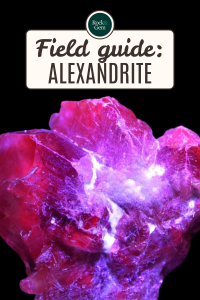
Alexandrite also exhibits pleochroism, meaning it can appear as green, orange, or purplish-red colors from different angles.
Alexandrite Formation
Alexandrite forms in granitic pegmatites and mica schists, which are environments rich in beryllium with high temperatures and pressures, coupled with the presence of chromium. These conditions are typically found in regions where there has been significant geological upheaval and metamorphism.
History & Locations
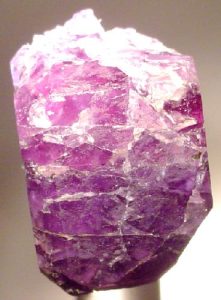
Alexandrite was first discovered in the Ural Mountains of Russia in the early 1830s. It was named after Tsar Alexander II, the heir apparent at the time of its discovery. Alexandrite quickly gained fame in Russia because of its striking color properties and relative scarcity. It became a symbol of prestige and wealth among the Russian aristocracy. However, the deposits in this region have been largely depleted.
Stones from different regions often display unique characteristics in terms of color change and overall appearance. Brazil is a significant source, particularly in Minas Gerais and Bahia. Brazilian alexandrite is known for its vibrant color change, though the stones can vary widely in quality. Sri Lankan alexandrite often exhibits a more subtle color change compared to Russian and Brazilian stones but is still highly valued. Tanzania, Madagascar, and Zimbabwe have emerged as notable sources of alexandrite in recent years. Indian alexandrite, particularly from the state of Andhra Pradesh, has also been coming into the market.
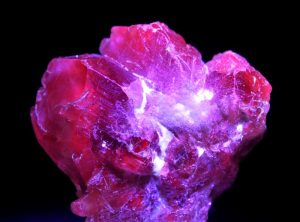
Alexandrite Uses
Because of its rarity and value, alexandrite’s primary use is in high-end jewelry. It is a hard and durable gemstone (Mohs scale of hardness – 8.5) and is often cut into various shapes to maximize its color-changing ability. Alexandrite is also valued by collectors and gem enthusiasts, with high-quality specimens commanding significant prices.
Creative Alexandrite
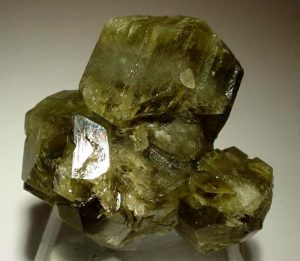
Alexandrite is one of June’s birthstones and is often associated with balance and self-control. The color change is seen as a symbol of adaptability and resilience. Additionally, alexandrite is thought to enhance creativity and inspire imagination.
This story about alexandrite previously appeared in Rock & Gem magazine. Click here to subscribe. Story by Dr. Stuart Mills & Pam Freeman.


